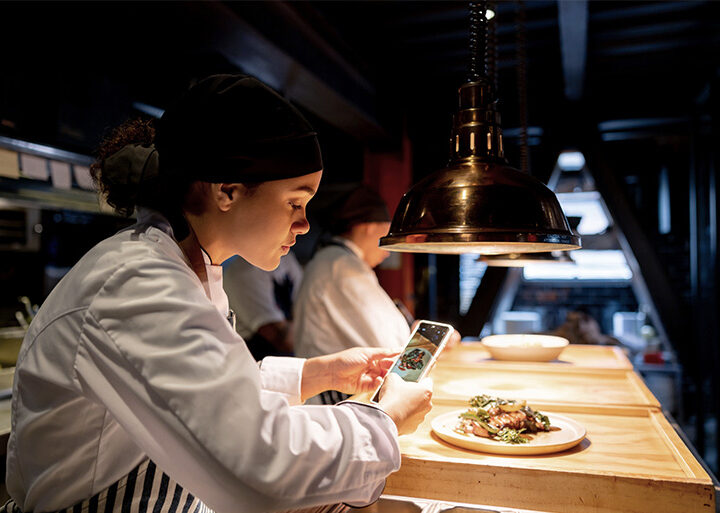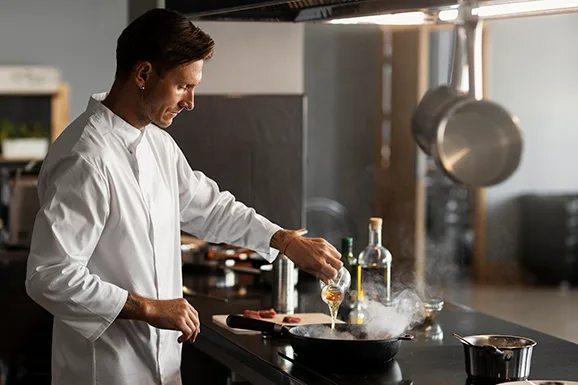Running a cloud kitchen is not just about delivering food—it’s about delivering quality, consistently, to the right customer at the right distance.
If your cloud kitchen is receiving orders but still not profitable, chances are you’re missing three key pillars of sustainable growth:
Catchment Strategy, LTV (Lifetime Value), and CVC (Customer Value Creation).
Let’s break them down one by one 👇
📍 1. Catchment Strategy — Optimize Your Delivery Radius
One of the most ignored but crucial aspects of cloud kitchen operations is the delivery radius.
🛑 Did you know?
When food crosses even a single busy crossing, its quality degrades by around 5%.
Here’s how quickly this adds up:
- Within 3 kilometers → 15% quality degradation
- Within 5 kilometers → 25% degradation
🚫 Beyond 5 km: Food loses taste, texture, and heat — leading to bad reviews, which can cost you ₹1500 or more in lost future orders and reduced ratings.
✅ Solution:
Focus on hyper-local delivery (ideally under 3–5 km) and create a strong presence in that zone.
💰 2. LTV — Lifetime Value of a Customer
Let’s say you hire 10 real food bloggers for a campaign. You spend ₹300 per blogger = ₹3000.
Now suppose just one of their followers becomes a loyal customer who orders from you 5 times a month, spending ₹200 per order.
That’s ₹1000/month → ₹12,000/year.
And if they’re highly engaged? LTV may go up to ₹30,000.
Now repeat this process 10 times across the year — you’ve built:
10 Customers x ₹30,000 LTV = ₹3,00,000 Total Value
All from a one-time blogger spend of ₹3000.
🔍 3. CVC — Customer Value Creation with Real Influencers
Real bloggers build trust.
Bot influencers build… nothing.
Here’s why real bloggers outperform fake or bot influencers:
✅ They have a defined ICP (Ideal Customer Persona)
✅ They create emotional, relatable content
✅ Their followers are real foodies, likely to order
Even Zomato’s AI identifies real influencers and starts showing your listings to users who match the same profile. That’s how you gain organic reach and real conversions.
🚫 Bot bloggers?
They lack real engagement, have fake followers, and don’t help with customer retention.
🧠 Final Thoughts: Think Like a Brand, Not Just a Kitchen
The most successful cloud kitchens don’t depend on discounts.
They focus on:
- Quality within the right delivery radius
- High lifetime value customers
- Smart marketing through authentic influencers
When you combine these three strategies, you create a sustainable business model that doesn’t just chase orders—it builds a profitable and loyal customer base.
🔑 Key Takeaways:
- Catchment Strategy: Don’t deliver beyond 5 km. Food loses quality and invites negative reviews.
- LTV: Loyal customers bring recurring revenue. Focus on retention.
- CVC: Work only with real bloggers who influence real people.
Want help growing your cloud kitchen the right way?
Let’s talk strategy.





